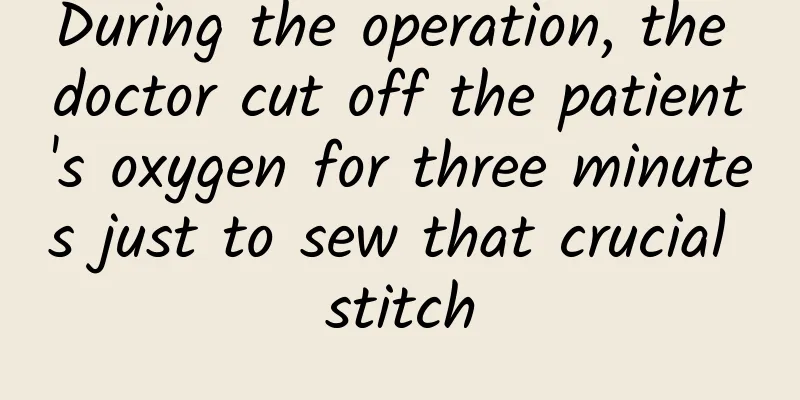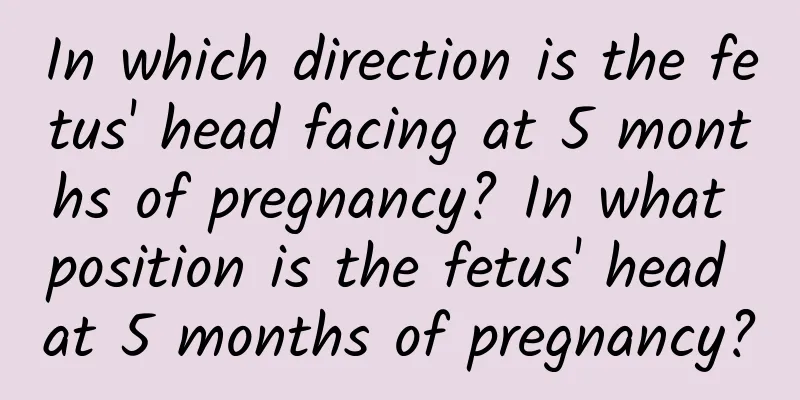During the operation, the doctor cut off the patient's oxygen for three minutes just to sew that crucial stitch

|
Late at night, the ambulance rushed into the hospital gate and soon the injured were sent to the emergency department. (The picture and text are unrelated) The Pathway of Life The photos are from the 3rd "Renxin Cup Most Beautiful Angels in White Photo Collection Competition" Photographer: Kang Xiaohui, Guangzhou Kangyuan Hospital Dayuan Branch At this time, all relevant departments of the hospital were in place, because they had just learned from 120 that the injured person might be seriously injured and might need surgery. Since surgery may be involved, anesthesiology is naturally indispensable. The anesthesiology department received the news in advance and sent Dr. Li on duty to check on the situation. After all, in such a major rescue, one more person means more strength. In addition, if surgery is involved, it is also necessary to understand the injury in advance. When they saw the injured person, everyone was shocked: there was a steel pipe stuck in his back! From the cross section, it seems to be cut off. As for how he got hurt, I heard that he got into a car accident while pulling a steel pipe. Hearing this, everyone suddenly felt that the old saying "Don't pull pipes when you are poor, and don't pull rolls when you are hungry" is so reasonable. It means that no matter how short of money a truck driver is, he should not transport iron pipes or rolled goods. After completing some necessary examinations, the injured person was immediately sent to the operating room. When we arrived at the operating room, the first problem arose: the patient was unable to lie flat, so how could we give him anesthesia? The surgeon, who had been prepared, looked at Dr. Li with doubt. After confirming that the patient could not lie flat, Dr. Li barely paused. While everyone was still questioning how to perform general anesthesia in the side-lying position, Dr. Li had already completed the tracheal intubation with the assistance of a visual intubation device. With this life-saving tracheal tube, everyone felt relieved. However, a big problem occurred during the operation: the patient's breathing made it impossible for the doctor to suture the ruptured diaphragm. In other words, the patient's breathing had to be stopped so that the surgeon could suture. The surgeon asked tentatively: Can we stop the ventilator for a moment? How long do I need to stop? Dr. Li from the anesthesiology department asked. It may take 3 to 5 minutes. How long will it take? Can it be done in 3 minutes? We try to finish within 3 minutes. If it doesn't work, we can stop in the middle. After some "negotiation", the operation continued on the timer. Prior to this, Dr. Li performed another blood gas test to ensure that the patient was not suffering from hypoxia and carbon dioxide accumulation. During the operation, Dr. Li kept a close eye on the data on the monitor. At this time, due to respiratory arrest, all kinds of data need to be re-identified: if hypoxia occurs, pulse oxygen may decrease, heart rate and (or) blood pressure will increase; as for end-tidal carbon dioxide, it has already sounded the suffocation alarm due to the shutdown control. Feeling fine, Dr. Li took the time to check on the progress in the surgical area. While the surgeon lifted the needle, he quietly supplied the patient with some oxygen. Once the surgery team had completely completed the critical steps, Dr. Li was allowed to resume breathing. At that time, they were still wondering: How can a person go without breathing for so long! In fact, this was because Dr. Li had quietly made all the preparations: after learning that the patient might have to stop breathing for a long time, he manually controlled the breathing in advance, just to further increase the patient's oxygen reserve. In addition, quietly giving oxygen several times during the operation also played a very important role. When the surgeon saw the patient's breathing being restored slowly by hand control, he said anxiously: Hurry up! Doctor Li said: Don't be impatient. During this period, although the blood oxygen level did not drop, it cannot be ruled out that carbon dioxide is accumulated. Once carbon dioxide is discharged quickly, it may cause spasm of the heart or cerebral blood vessels. In that case, there is a high probability of increasing cardiovascular and cerebrovascular accidents. After a few minutes, the data on the monitor returned to normal. In order to ensure the normal internal environment of the patient, Dr. Li checked the patient's blood gas again. Half an hour later, the operation was completed and the patient woke up. The first thing I said after waking up: Am I still alive? As he was talking, he started to cry uncontrollably. Seeing this, everyone hurried to comfort him: Don't cry, it will affect the healing of the wound. In fact, crying or not has nothing to do with the healing of the wound. This kind of white deception is just to calm him down. The emotional excitement at this time may disturb Dr. Li's observation of the vital signs on the monitor. At the door of the operating room, the patient's family expressed gratitude to the surgeon for saving their life, while the anesthesiology department continued on their way to meet the next challenge. [Warm Tips] Follow us, there are a lot of professional medical knowledge here to help you understand the anesthesia issues in surgery~ |
<<: Toothpaste can "fight Helicobacter pylori"? Don't be fooled!
>>: What are the benefits of yuba to the human body? How to choose yuba
Recommend
What medicine should I take for severe insomnia during menopause?
When a woman has long-term irregular menstruation...
Abnormal umbilical blood flow
The pregnancy period is the most important period...
How to reduce belly fat for girls
In fact, losing weight is a very distressing thin...
How to prevent children from having "double positive"? Listen to what experts say...
The currently prevalent XBB variant is a recombin...
Emergency nursing care for patients with myocardial infarction
In daily life, as one of the more common cardiova...
What are the advantages of chamomile mask? How often should I apply chamomile mask?
Chamomile is a plant with soothing and calming ef...
What is the reason for green vaginal discharge?
Vaginal discharge is a normal physiological pheno...
What are the symptoms of women after menopause
What are the symptoms of postmenopausal women? Wi...
Can I drink milk after having an abortion?
Since abortion surgery causes great damage to the...
Which country produces the most dried scallops? What color are dried scallops?
Dried scallops are dried products of scallops. Th...
Can loofah peel be eaten? What are the benefits and effects of boiling loofah peel in water?
The loofah peel is rich in vitamin C, B vitamins,...
How to treat delayed periods
Delayed menstruation is actually a phenomenon tha...
What to do if you want to have a child after getting sterilized
Sterilization is a relatively important operation...
Why do eyes itch in spring?
In addition to the common dry eye problem, itchy ...
Pictures of cesarean section incision recovery
For mothers who choose cesarean section, in addit...









